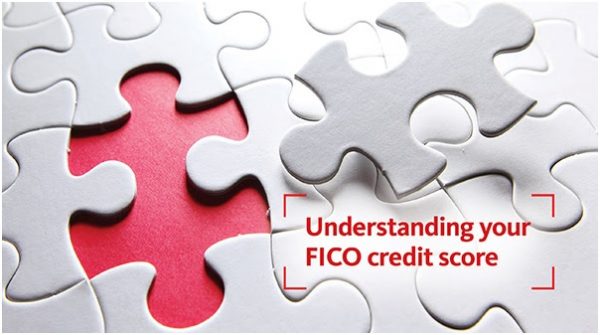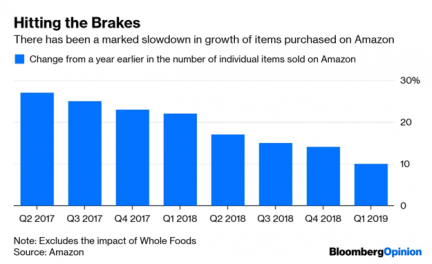By Timothy Hayward
Direct-to-Consumer Marketing Officer for Santander Bank, USA
Here is some background on a FICO credit score, which plays a major role in determining a home loan’s amount and interest rate. The acronym FICO comes from Fair Isaac COrporation, the first company to offer a credit-risk model with a score. Here is how a FICO score is calculated:
- Payment history – 35%.One of the best ways to maintain a good score is to make consistent, on-time payments.
- Amounts owed – 30%.Routinely high balances can signify potential risk to lenders. Meanwhile, keeping a low balance and not exceeding credit limits can help a score.
- Length of credit history – 15%.The longer accounts have been open, the easier it will be to have a high credit score. New accounts take time to accrue enough data to reach and consistently keep a high score.
- Credit mix – 10%. FICO scores consider the combination of credit cards, retail accounts, installment loans, and finance company accounts.
- New credit – 10%.Opening too many credit cards in too little time can indicate risk.
Keeping the parts of a FICO score in mind helps ensure better credit health.








